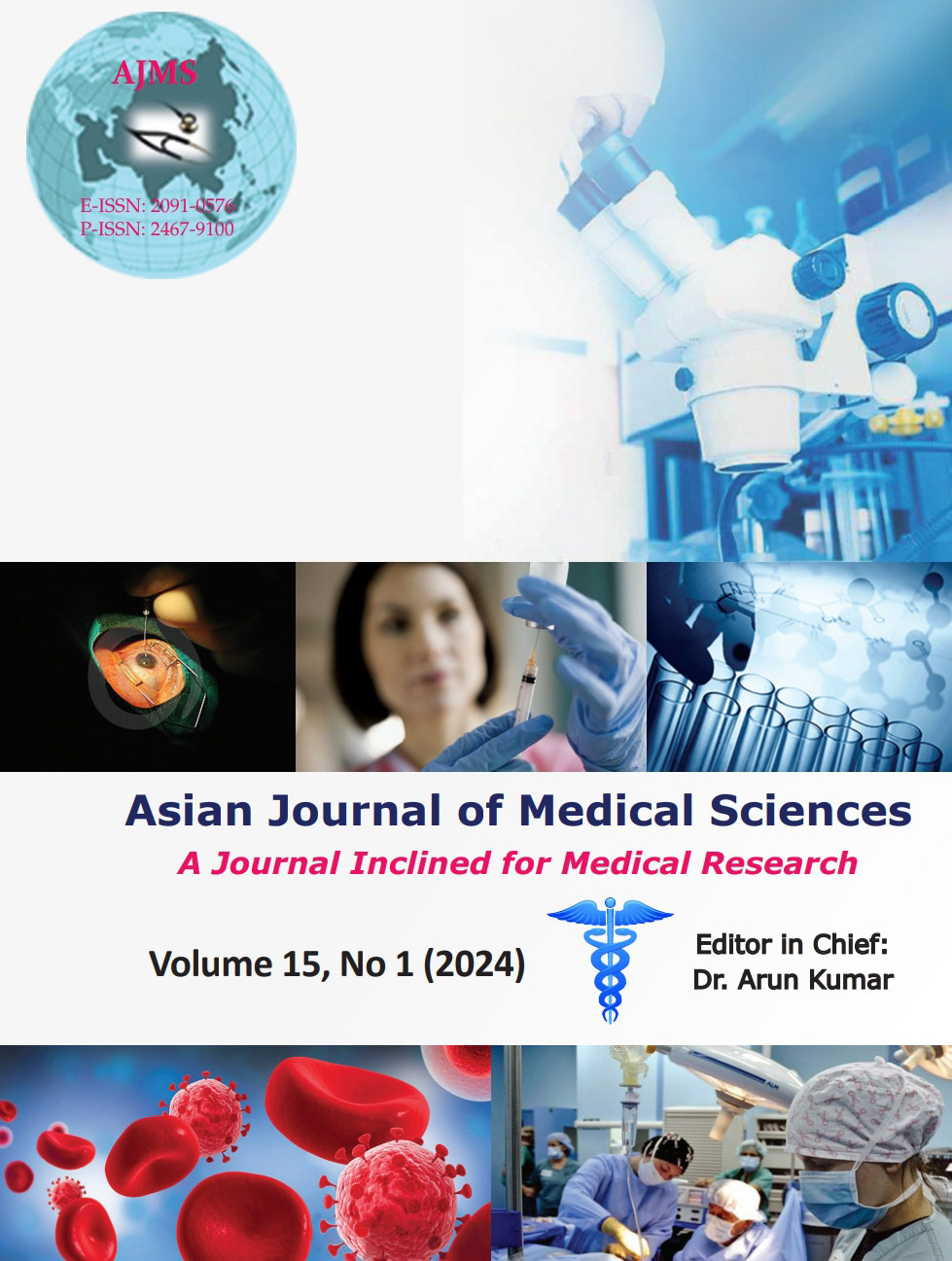Goldenhar syndrome: An ephialte for the anesthesiologist – What we saw was just the tip of the iceberg
Keywords:
Goldenhar syndrome; Difficult airway; AnticipatedAbstract
Goldenhar syndrome, also called oculoauriculovertebral dysplasia, is characterized by craniofacial, central nervous system, cardiac, renal, and vertebral anomalies. It occurs due to the faulty unilateral development of vertebral arches. Patients presenting for surgery are usually in the pediatric age group. General anesthesia is the preferred mode of anesthesia considering the type of surgery, age of the patient, and vertebral anomaly in this patient group. The first and foremost consideration while anesthetizing these patients is the anticipated difficult airway. Frequently encountered airway abnormalities in these patients are micrognathia, retrognathia, mandibular dysplasia, craniovertebral anomalies leading to limited neck flexion and cervical spine instability, decreased thyromental distance, fascial asymmetry, cleft lip and palate, high arched palate, dental abnormalities, and temporomandibular joint abnormalities. Difficult airways often come disguised as syndromes, and thorough pre-operative evaluation along with preparation for the worst scenarios is a must. We have a myriad of alternative airway management equipment at our disposal. Adequate knowledge is a must for their best use.
Downloads
Downloads
Published
How to Cite
Issue
Section
License
Copyright (c) 2023 Asian Journal of Medical Sciences

This work is licensed under a Creative Commons Attribution-NonCommercial 4.0 International License.
Authors who publish with this journal agree to the following terms:
- The journal holds copyright and publishes the work under a Creative Commons CC-BY-NC license that permits use, distribution and reprduction in any medium, provided the original work is properly cited and is not used for commercial purposes. The journal should be recognised as the original publisher of this work.
- Authors are able to enter into separate, additional contractual arrangements for the non-exclusive distribution of the journal's published version of the work (e.g., post it to an institutional repository or publish it in a book), with an acknowledgement of its initial publication in this journal.
- Authors are permitted and encouraged to post their work online (e.g., in institutional repositories or on their website) prior to and during the submission process, as it can lead to productive exchanges, as well as earlier and greater citation of published work (See The Effect of Open Access).




